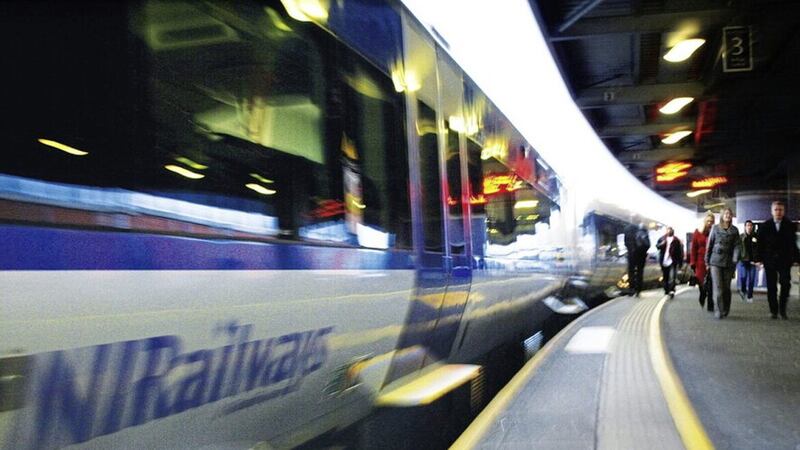YOU can tell a lot about a society from its public transport. Visit most European countries and you’ll find a modern, integrated and efficient public transport system that for many is the preferred option rather than the last resort. Northern Ireland is different – like it is in so many aspects. Here, the car always gets preferential treatment, with buses, outside Belfast in particular, regarded as a slow, expensive and uncomfortable option. But if you think it’s bad now, it may be about to get much worse.
Covid saw a fall in already relatively modest bus and train passenger numbers, and while they are steadily moving upwards, figures have yet to reach pre-pandemic levels. Meanwhile, Translink has embarked on a decarbonisation programme in line with Stormont’s targets to achieve net zero – after agriculture, transport is the region’s biggest emitter of greenhouse gases. The long term aim, in theory at least, is to encourage people to leave their cars at home. The bus fleet also needs updated in terms of modern card payment methods. The publicly-owned company is expected to meet these challenges while retaining all its current services.
But in common with other public services, Translink is facing unprecedented budgetary pressures. A block grant shrinking in real terms and no sign of any alternative revenue raising on the cards means there’s less money to go round, a situation compounded by inflationary pressures. Compared to health and eduction, public transport isn’t seen as a priority. According to Translink, the north’s public transport system receives around a third of what its counterpart in the Republic gets, while spending is 30 per cent lower than the UK average. It’s a vicious circle in which the failure to invest merely reinforces the perception that public transport is only for those who can’t afford a car. Until there’s a change in the political and public mindset, our trains and buses are heading in one direction only.
